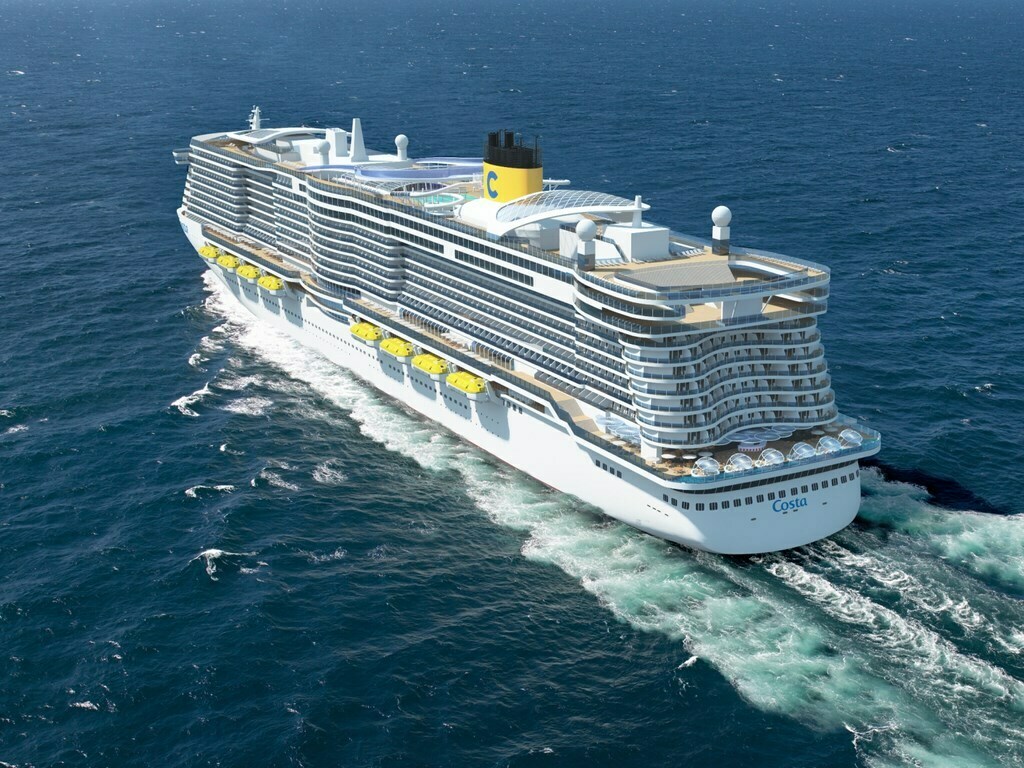 “What we are looking at here are ships of the future, for the next 40 years or so,” said Tom Strang, senior vice president of marine for Costa Crociere. He was commenting on Carnival Corporation’s recent order for four 180,000-ton, 5,200-passengers vessels for Costa and AIDA.
“What we are looking at here are ships of the future, for the next 40 years or so,” said Tom Strang, senior vice president of marine for Costa Crociere. He was commenting on Carnival Corporation’s recent order for four 180,000-ton, 5,200-passengers vessels for Costa and AIDA.
“Basically, the intention is that these ships will run on LNG in service and in port, and we will have a back-up fuel supply of MGO,” Strang told Cruise Industry News in an exclusive interview.
“Environmental regulations are never going to get any lower and as we move forward, we want to be clean and responsible citizens,” he said. “Safety is critical to us and we now have a good set of rules and regulations, which allow for the use of LNG, and we are working closely with ports and bunker operators to make sure that everything we do is fully certified and vetted by the necessary authorities.”
Strang explained that one of the things that is making these ships possible is the IGF code (IMO’s international code of safety for ships using gas or other low-flashpoint fuels), which was adopted in June.
“When we started on this project we looked at the various different options,” he added. “There was an opportunity here to utilize LNG, which we liked very much from the environmental aspect and also on a future technology basis.” Carnival Corporation and its operating units have invested heavily in exhaust gas treatment systems. However, going forward, Strang said that as these new ships will be in service for a long time, they (Carnival) needed to look at this (environmental compliance) on a different and broader basis. He said: “LNG ticks off most of the boxes. And there has been significant movement in terms of availability of LNG, so a tipping point has been reached whereby we can be an early adaptor of this technology on a cruise ship.
“That being said, we have a choice of going to totally independent gas systems onboard, but that does not really make sense from a space perspective or economically, because we will have dual fuel engines anyway for the safe return to port requirement, using MGO.”
The ships are designed around the (LNG) capacity that is necessary for a 14-day turnaround. “These are large ships, consequently you have enough room to build in the tank capacity,” Strang explained.
He continued: “ We are discussing the bunkering with various potential suppliers, and we would expect to be able to bunker within an eight hour window that would include the connections, cleaning the system, etc.”
Strang said that the specifications for the ships were completed and that the detail design was underway. “Over the next few months,” he said, “we will select specific components and key manufacturers.”
Excerpt from Cruise Industry News Quarterly Magazine: Fall 2015




